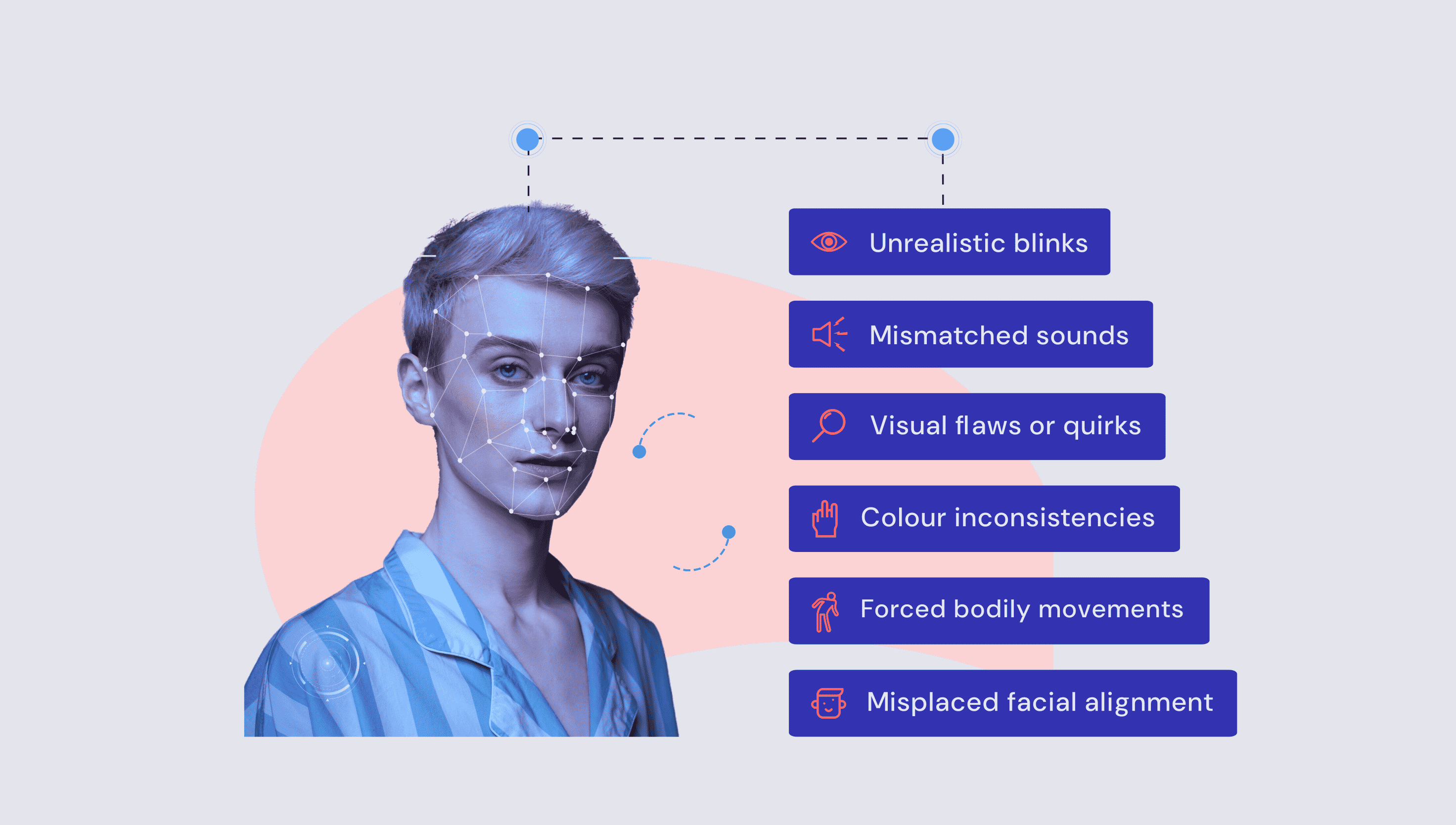Have you seen PM Modi’s viral singing video?
Or Mark Zuckerberg’s video bragging about how Facebook controls billions of people’s sensitive data?
Are these just photoshopped videos?
No.
They are examples of deepfakes.
Deepfakes?
Yes.
Technology Behind Deepfakes
A new version, rather we can say an AI version of photoshopped audios or videos.
Deepfakes are AI-generated content that seems to be of real people doing something which they never did.
These contents are in the form of convincing pictures, and audio-visual hoaxes. The term, a combination of profound learning and fake, refers to both technological advancement and false media resulting from it.
Deepfakes frequently modify the original source of the content by swapping one person for another.
What’s the purpose of creating such content?
To mislead the audience.
To misguide the audience.
To manipulate the audience.
Technology Behind Deepfakes
Deepfakes are mostly created on sophisticated systems with strong graphics and visuals or better still with the computing power in the cloud – cutting down the duration of the processing step from days/weeks to a few hours.
However, expertise is also required, particularly when touching up generated videos to reduce flicker and other visual imperfections.
💡 Related Blog: How to prevent deepfake frauds in KYC
Yes, the technology behind deepfakes is super advanced!
Creating deepfakes has become quite easy and trendy as the below-mentioned technologies evolve!
There are many ways through which deepfake technology actually works.
But essentially, an AI tool called a neural network is designed in such a way to track facial movements and expressions of an individual when specific sounds are made.
Through the neural network, a deepfake application generates a 3D map that can match the colour of the skin, emotions on the face, and movements of the lips. It uses generative AI to create content that appears just like the face it analysed and speaks whatever you want to communicate.
To give deepfakes a more realistic touch, some creators take the help of an alternate machine learning technique known as a Generative Adversarial Network (GAN) to detect flaws and improve the quality of the deepfakes. GAN using its generator and discriminator algorithms creates most of the deepfake content.
Convolutional neural networks examine trends in visually appealing data – mostly used to recognize faces and track movements.
Autoencoders are neural network technologies that identify critical characteristics of its target, such as gestures, facial expressions and physique movements, and then apply these characteristics to the original video.
Natural language processing (NLP) generates deepfake audio by analyzing the distinct features of its target’s voice and then applying these features to the original text audio.
Well, deepfakes, like any other technology, are just tools.
If used for the right purpose, they can be very productive.
There are positive applications of deepfakes too.
Application of Deepfakes in Different Industries
AI-generated synthetic media has enormous promise – opening up new avenues for different industries.
Like in the education sector, deepfakes can help teachers deliver engaging lessons that go beyond conventional visual and media formats.
AI-generated synthetic media can recreate historical events in the classroom, transforming boring history lectures into engaging and interactive – resulting in efficient learning outcomes.
Deepfakes can also disrupt the Art industry by simplifying expensive VFX technology – resulting in a powerful and cost-effective tool for independent artists.
Deepfakes can be posed as a good source for pun-intended or parody content.
These could be an imitation, stretching, deformation, or appropriation of actual occurrences.
Plus, many creators and YouTubers are using this tool.
AI-generated images and imagery help accelerate game development in the video gaming business.
Deepfakes are also very helpful for storytelling and book reading. The audio version of the book can be made in a few seconds and that too with fewer errors using the author’s synthetic vocal font.
What’s more?
Entertainment business houses can increase their content visibility. How?
Simple, by using synthetic voice-overs of the same actor in multiple languages.
Influencers can use deepfakes to increase their viewership and similarly, brands can also increase their reach with the help of tailored deepfakes messages and digital models – a new trend in fashion and brand marketing – allowing customers to virtually try on the latest clothing and accessories.
Furniture retailers can also engage customers – by creating a mixed reality world powered by AI – allowing them to try on furniture and decorate their space.
The recreation of a crime scene involves both science and art, both inductive and deductive thinking.
And here, deepfakes driven by AI can be of great help.
Also, civil investigators have in some instances created a virtual crime scene using mobile phone videos, autopsy reports and CCTV footage.
To personalize news at scale, Reuters demonstrated an AI-generated deepfake presenter-led sports news summary system.
This list goes on and on.
Now, as helpful as deepfake can be, it can also be super destructive.
The greatest danger posed by deepfakes is their potential to disseminate fake information that looks to originate from verified sources.
They are purposefully developed to appear authentic, creating a significant challenge for individuals in distinguishing between manipulated and original content.
Measures to mitigate the risks arising from deepfakes
Companies and government agencies are continuously on the lookout for the technology to detect and block deepfakes without going viral. Even blockchain technology can be used to confirm the original source of audios and videos before being posted on social media platforms. This way, reliable sources are promoted and fake ones are blocked. Along these lines, Facebook and Twitter have prohibited abusive deepfakes.
It is quite challenging nowadays to identify deepfake AI manipulations, with distinct alerts and warnings for identification.
Some of the potential indicators of a deepfake video can be-
It is important to note that the development of AI tools and technologies, and ML is gradually mitigating some of these indications.
For text-based deepfakes AI, following hints can help you identify them:
- spelling mistakes
- influid sentences
- suspicious email addresses
- inconsistent tone with the purported author.
Signzy to your Rescue!
While the misuse of deepfakes sounds daunting, we are here to help you mitigate these risks.
How? With our identity verification features.
One such example is Video KYC.
Live interactions limit the effectiveness of deepfakes and uncover digital distortions.
The effect of video KYC on the fight against deepfakes has been significant.
Financial organisations that have adopted this feature report a decrease in cases of identity fraud, higher confidence in client verification processes, and improved overall online safety.
Now it’s time to say goodbye to Deepfakes and Join Signzy: https://www.signzy.com/us/














